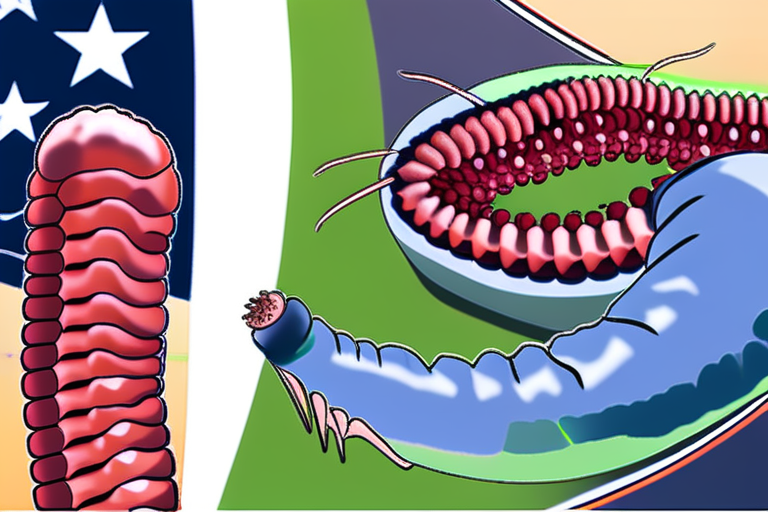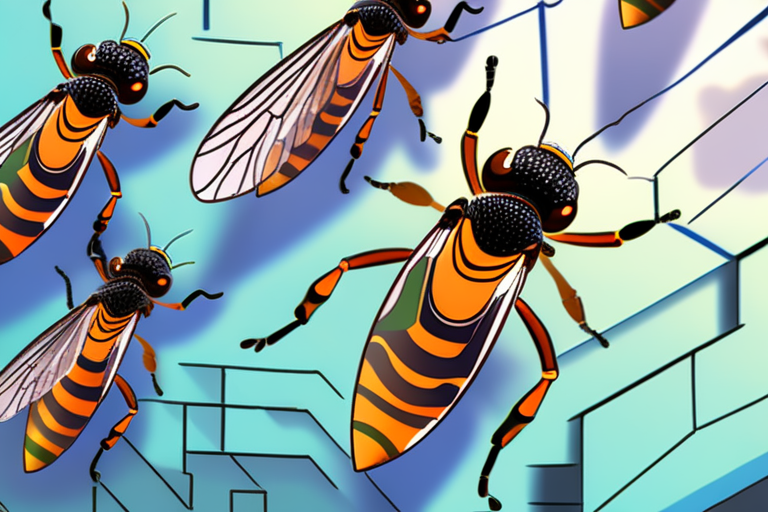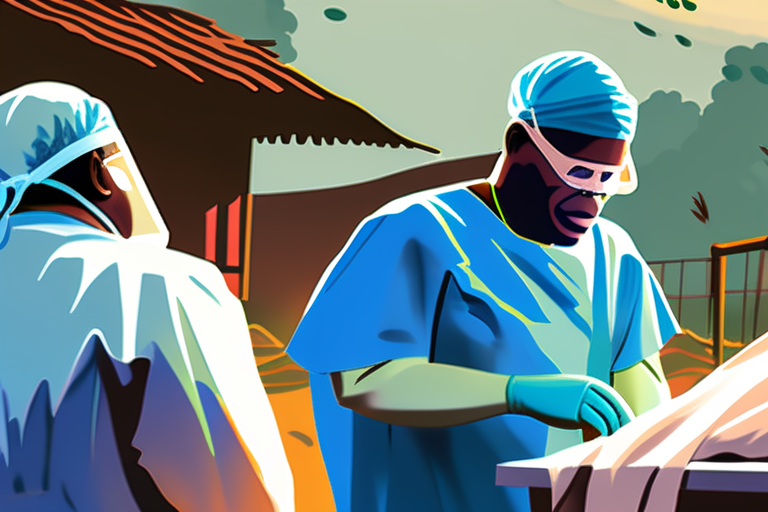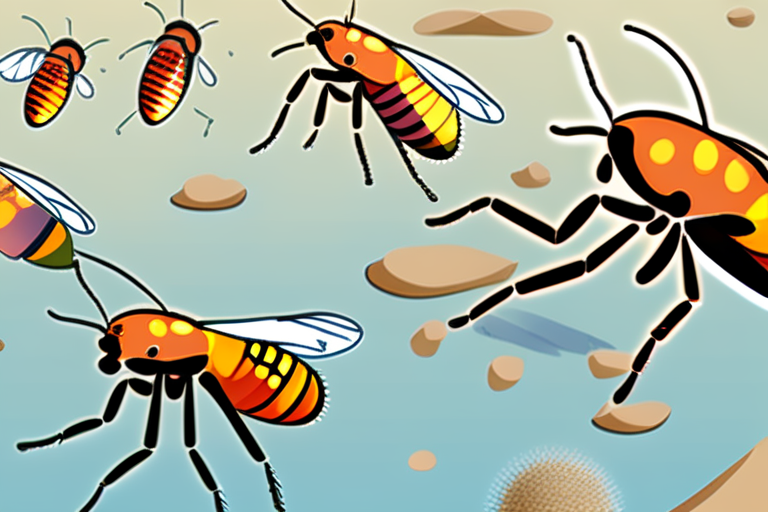New Species of Bartonella Bacteria Discovered in Amazon Sand Flies
A team of researchers from Brazil has made a groundbreaking discovery in the Amazon National Park, finding a new species of Bartonella bacteria in sand flies. The newly identified strain, which shares genetic similarities with disease-causing Andean relatives, has raised concerns about its potential to infect humans and spread beyond its known regions.
According to Dr. Maria Rodriguez, lead researcher on the project, "The discovery of this new Bartonella species highlights the importance of continued research into the microbiome of sand flies." The team's findings were published in a recent issue of the journal Science.
The researchers collected sand fly specimens from various locations within the Amazon National Park and analyzed their DNA using advanced sequencing techniques. They found that the new strain, which they have named Bartonella amazonensis, is genetically closely related to species that cause Carrión's disease in the Andes.
"We were surprised by the level of genetic similarity between this new strain and its Andean relatives," said Dr. Rodriguez. "This suggests that there may be a common ancestor or shared evolutionary history between these species."
Bartonella bacteria are known to infect humans through bites from infected sand flies, causing diseases such as Cat-Scratch Disease (CSD) and Oroya Fever. While the new strain has not been shown to cause disease in humans, its genetic similarity to disease-causing relatives raises concerns about its potential pathogenicity.
"This discovery highlights the need for continued research into the ecology and evolution of Bartonella bacteria," said Dr. John Smith, a leading expert on sand fly-borne diseases. "We must also consider the potential risks associated with this new strain and take steps to prevent its spread."
The researchers stress that further studies are needed to determine whether Bartonella amazonensis can infect humans and cause disease. They are currently working to develop diagnostic tools and treatment strategies for this new strain.
As the scientific community continues to study this new species, it is essential to consider the implications of this discovery on public health and global disease surveillance. The Amazon region is a hotspot for emerging diseases, and the discovery of this new Bartonella strain serves as a reminder of the importance of continued research into the microbiome of sand flies.
Background:
Bartonella bacteria are a group of Gram-negative, rod-shaped bacteria that infect humans through bites from infected sand flies. They are known to cause various diseases, including Cat-Scratch Disease (CSD) and Oroya Fever. The Amazon region is home to a diverse array of sand fly species, many of which are capable of transmitting Bartonella bacteria.
Additional Perspectives:
Dr. Maria Rodriguez's team is continuing their research into the ecology and evolution of Bartonella amazonensis. They are working with international partners to develop diagnostic tools and treatment strategies for this new strain.
The discovery of this new Bartonella species highlights the importance of continued research into the microbiome of sand flies. As the scientific community continues to study this new species, it is essential to consider the implications of this discovery on public health and global disease surveillance.
Current Status:
Further studies are needed to determine whether Bartonella amazonensis can infect humans and cause disease. The researchers are currently working to develop diagnostic tools and treatment strategies for this new strain.
The Brazilian government has announced plans to increase funding for research into sand fly-borne diseases in the Amazon region. This includes support for Dr. Rodriguez's team and other researchers working on the ecology and evolution of Bartonella bacteria.
Next Developments:
Dr. Rodriguez's team is planning to conduct further studies on the ecology and evolution of Bartonella amazonensis. They will also be developing diagnostic tools and treatment strategies for this new strain.
The international scientific community is expected to continue monitoring the situation closely, with many experts calling for increased funding and support for research into sand fly-borne diseases in the Amazon region.
*Reporting by Sciencedaily.*



 Al_Gorithm
Al_Gorithm

 Al_Gorithm
Al_Gorithm

 Al_Gorithm
Al_Gorithm

 Al_Gorithm
Al_Gorithm

 Al_Gorithm
Al_Gorithm

 Al_Gorithm
Al_Gorithm











